
Film noir is a cinematic term used primarily to describe stylized Hollywood crime dramas, particularly those that emphasize cynical attitudes and motivations. The 1940s and 1950s are generally regarded as the "classic period" of American film noir. Film noir of this era is associated with a low-key, black-and-white visual style that has roots in German expressionist cinematography. Many of the prototypical stories and attitudes expressed in classic noir derive from the hardboiled school of crime fiction that emerged in the United States during the Great Depression, known as noir fiction.
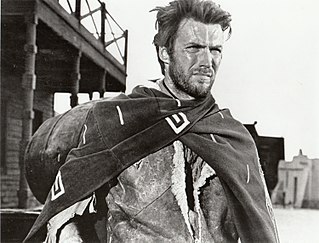
A film genre is a stylistic or thematic category for motion pictures based on similarities either in the narrative elements, aesthetic approach, or the emotional response to the film.

The action film is a film genre that predominantly features chase sequences, fights, shootouts, explosions, and stunt work. The specifics of what constitutes an action film has been in scholarly debate since the 1980s. While some scholars such as David Bordwell suggested they were films that favor spectacle to storytelling, others such as Geoff King stated they allow the scenes of spectacle to be attuned to storytelling. Action films are often hybrid with other genres, mixing into various forms such as comedies, science fiction films, and horror films.
Camp is an aesthetic and sensibility that regards something as appealing or amusing because of its heightened level of artifice, affectation and exaggeration, especially when there is also a playful or ironic element. Camp is historically associated with LGBTQ+ culture and especially gay men. Camp aesthetics disrupt modernist understandings of high art by inverting traditional aesthetic judgements of beauty, value, and taste, and inviting a different kind of aesthetic engagement.

Douglas Sirk was a German film director best known for his work in Hollywood melodramas of the 1950s. However, he also directed comedies, westerns, and war films. Sirk started his career in Germany as a stage and screen director, but he left for Hollywood in 1937 after his Jewish wife was persecuted by the Nazis.
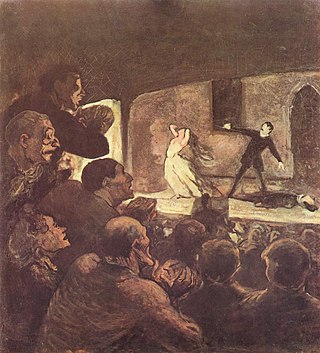
A modern melodrama is a dramatic work in which plot, typically sensationalized for a strong emotional appeal, takes precedence over detailed characterization. Melodrama is "an exaggerated version of drama". Melodramas typically concentrate on dialogue that is often bombastic or excessively sentimental, rather than on action. Characters are often flat and written to fulfill established character archetypes. Melodramas are typically set in the private sphere of the home, focusing on morality, family issues, love, and marriage, often with challenges from an outside source, such as a "temptress", a scoundrel, or an aristocratic villain. A melodrama on stage, film, or television is usually accompanied by dramatic and suggestive music that offers further cues to the audience of the dramatic beats being presented.

Todd Haynes is an American film director, screenwriter, and producer. His films span four decades with themes examining the personalities of well-known musicians, dysfunctional and dystopian societies, and blurred gender roles.

Richard Dyer is an English academic who held a professorship in the Department of Film Studies at King's College London. Specialising in cinema, queer theory, and the relationship between entertainment and representations of race, sexuality, and gender, he was previously a faculty member of the Film Studies Department at the University of Warwick for many years and has held a number of visiting professorships in the United Kingdom, the United States, Italy, Sweden, Denmark, and Germany.
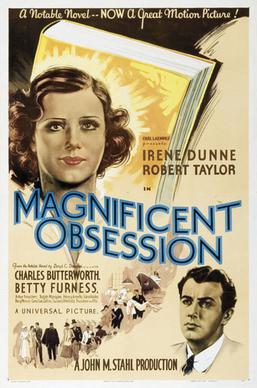
Magnificent Obsession is a 1935 melodrama film based on the 1929 novel of the same name by Lloyd C. Douglas. The film was adapted by Sarah Y. Mason, Victor Heerman, and George O'Neil, directed by John M. Stahl, and stars Irene Dunne, Robert Taylor, Charles Butterworth, and Betty Furness.

National cinema is a term sometimes used in film theory and film criticism to describe the films associated with a specific nation-state. Although there is little relatively written on theories of national cinema it has an irrefutably important role in globalization. Film provides a unique window to other cultures, particularly where the output of a nation or region is high.

Masala films of Indian cinema are those that blend multiple genres into one work. Masala films emerged in the 1970s and are still being created as of the 2020s. Typically these films freely blend action, comedy, romance, and drama, or melodrama. They also tend to be musicals, often including songs filmed in picturesque locations.

True Heart Susie is a 1919 American melodrama film directed by D. W. Griffith and starring Lillian Gish. A print of the film survives in the film archive of the British Film Institute. The film has seen several VHS releases as well as a DVD issue.

Thomas Elsaesser was a German film historian and professor of Film and Television Studies at the University of Amsterdam. He was also the writer and director of The Sun Island, a documentary essay film about his grandfather, the architect Martin Elsaesser. He was married to scholar Silvia Vega-Llona.
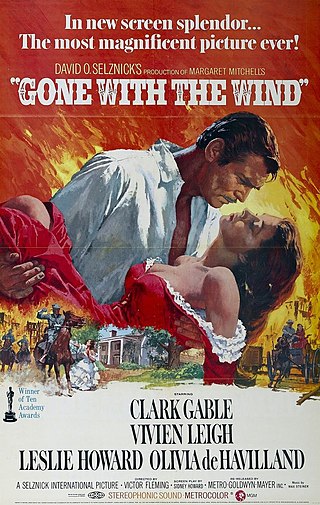
In film and television, drama is a category or genre of narrative fiction intended to be more serious than humorous in tone. The drama of this kind is usually qualified with additional terms that specify its particular super-genre, macro-genre, or micro-genre, such as soap opera, police crime drama, political drama, legal drama, historical drama, domestic drama, teen drama, and comedy-drama (dramedy). These terms tend to indicate a particular setting or subject matter, or they combine a drama's otherwise serious tone with elements that encourage a broader range of moods. To these ends, a primary element in a drama is the occurrence of conflict—emotional, social, or otherwise—and its resolution in the course of the storyline.
Korean melodrama refers to a subgenre of melodrama films, which drew largely on native Korean narrative and theatrical forms through adaptations of traditional folk tales and pansori. This genre also drew its influences from Japanese theatrical "shimpa" and early Hollywood films.

The woman's film is a film genre that includes women-centered narratives, female protagonists and is designed to appeal to a female audience. Woman's films usually portray stereotypical women's concerns such as domestic life, family, motherhood, self-sacrifice, and romance. These films were produced from the silent era through the 1950s and early 1960s, but were most popular in the 1930s and 1940s, reaching their zenith during World War II. Although Hollywood continued to make films characterized by some of the elements of the traditional woman's film in the second half of the 20th century, the term itself disappeared in the 1960s. The work of directors George Cukor, Douglas Sirk, Max Ophüls, and Josef von Sternberg has been associated with the woman's film genre. Joan Crawford, Bette Davis, and Barbara Stanwyck were some of the genre's most prolific stars.
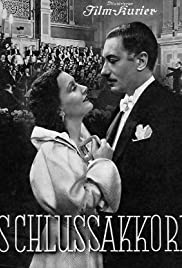
Schlußakkord is a German film melodrama of the Nazi period, the first melodrama directed by Detlef Sierck, who later had a career in Hollywood as Douglas Sirk and specialised in melodramas. It was made under contract for Universum Film AG (UFA), stars Lil Dagover and Willy Birgel and also features Maria von Tasnady, and premièred in 1936. It shows stylistic features later developed by Sierck/Sirk and makes symbolic and thematic use of music.
Slow cinema is a genre of art cinema characterised by a style that is minimalist, observational, and with little or no narrative, and which typically emphasizes long takes. It is sometimes called "contemplative cinema".
Below are a list of works related to the history of Hollywood, California.


















